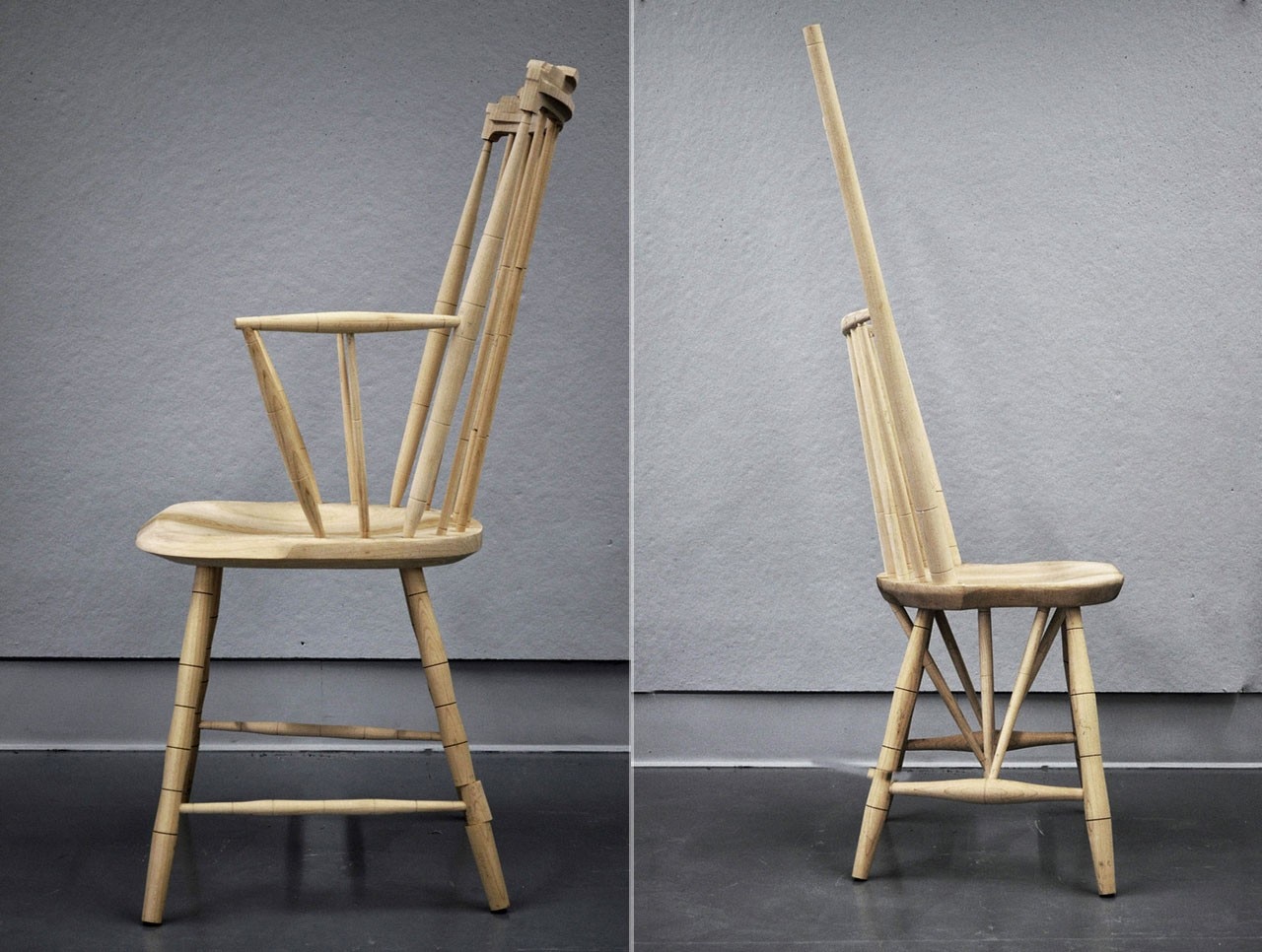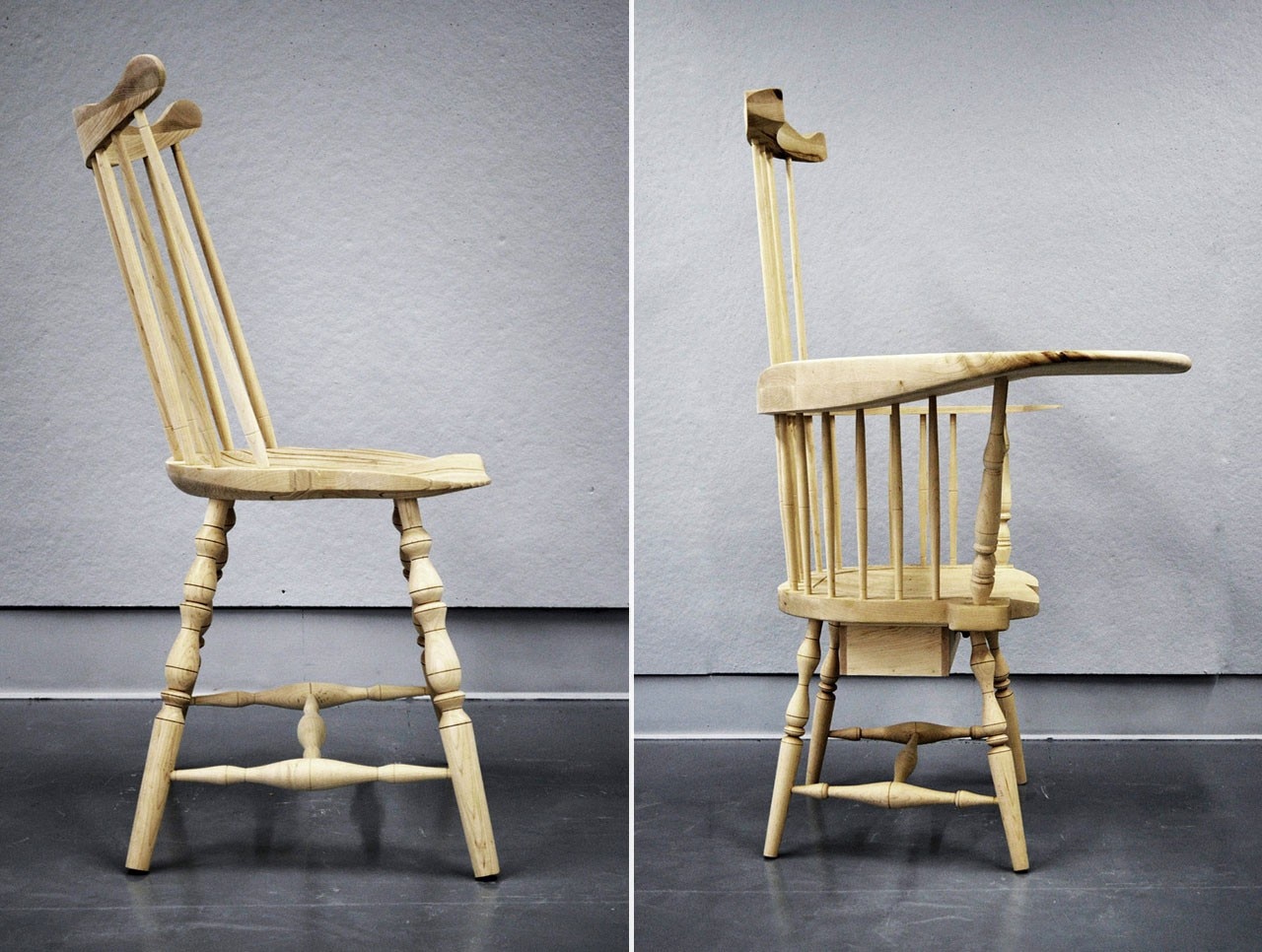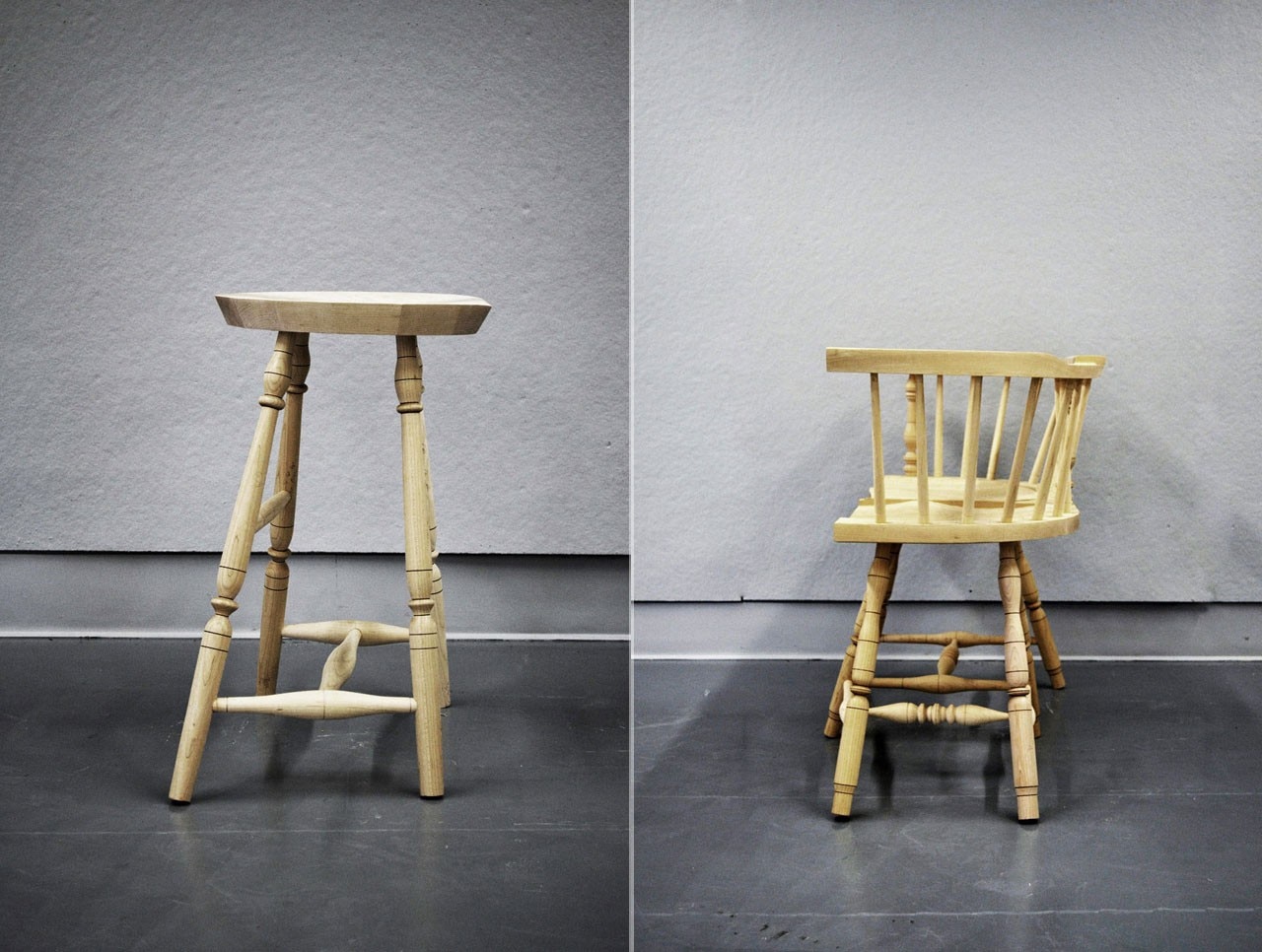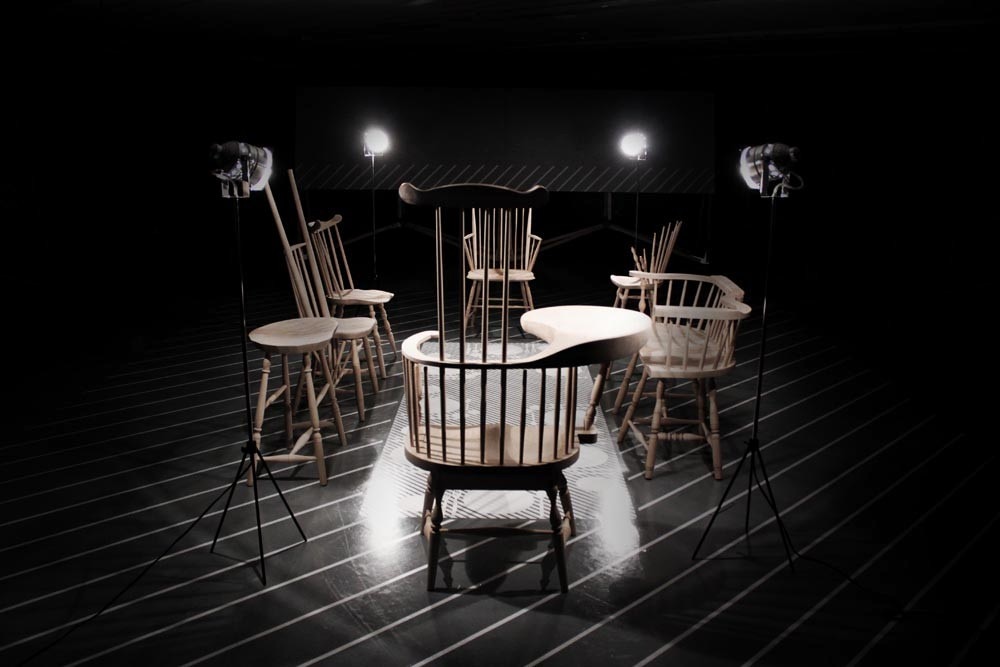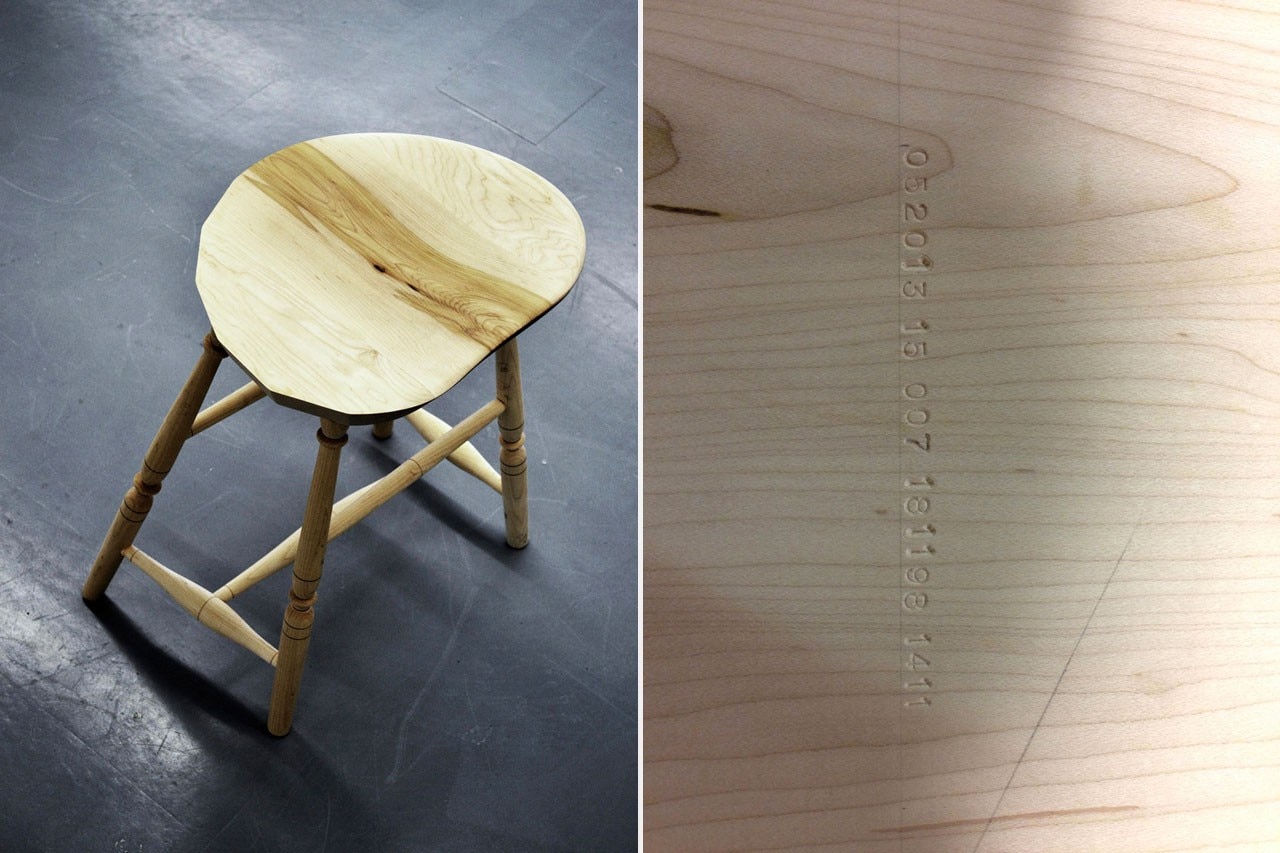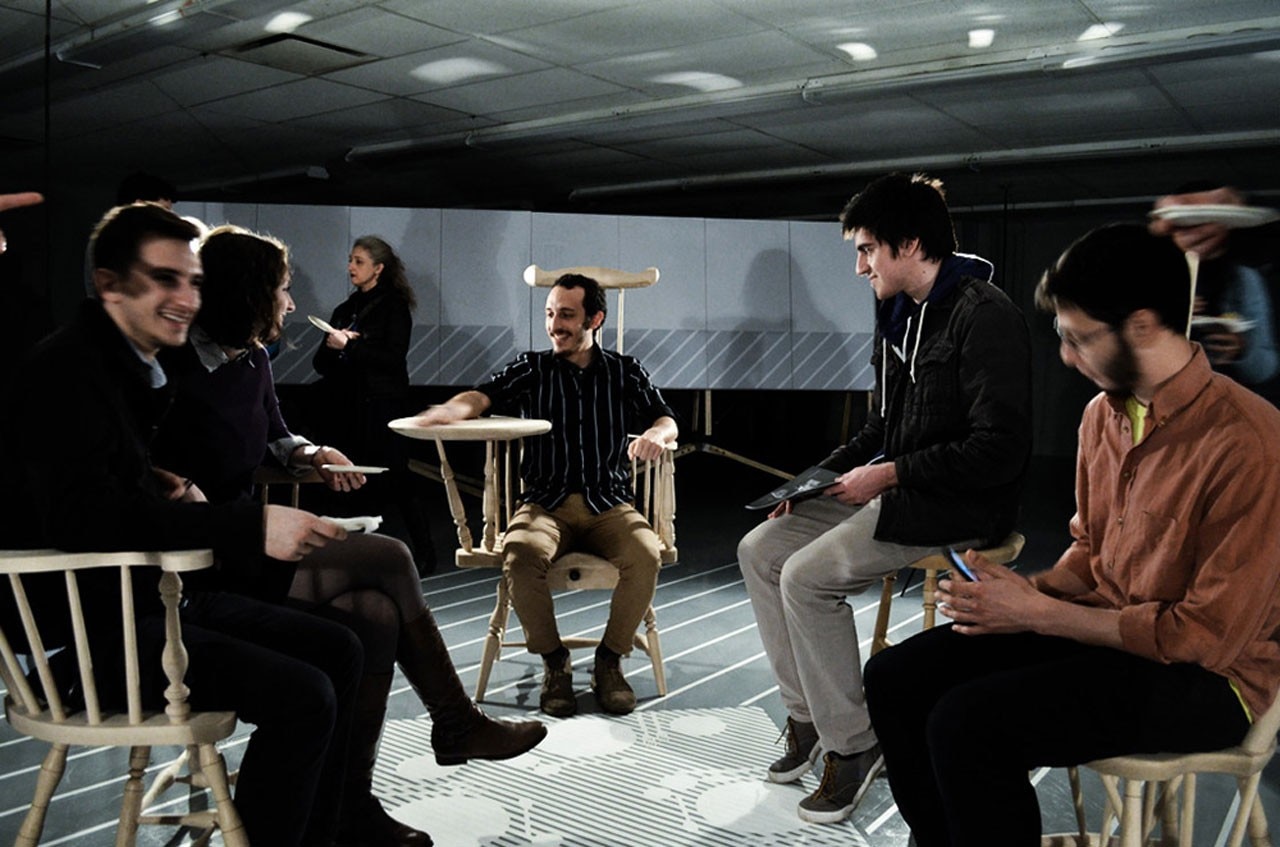
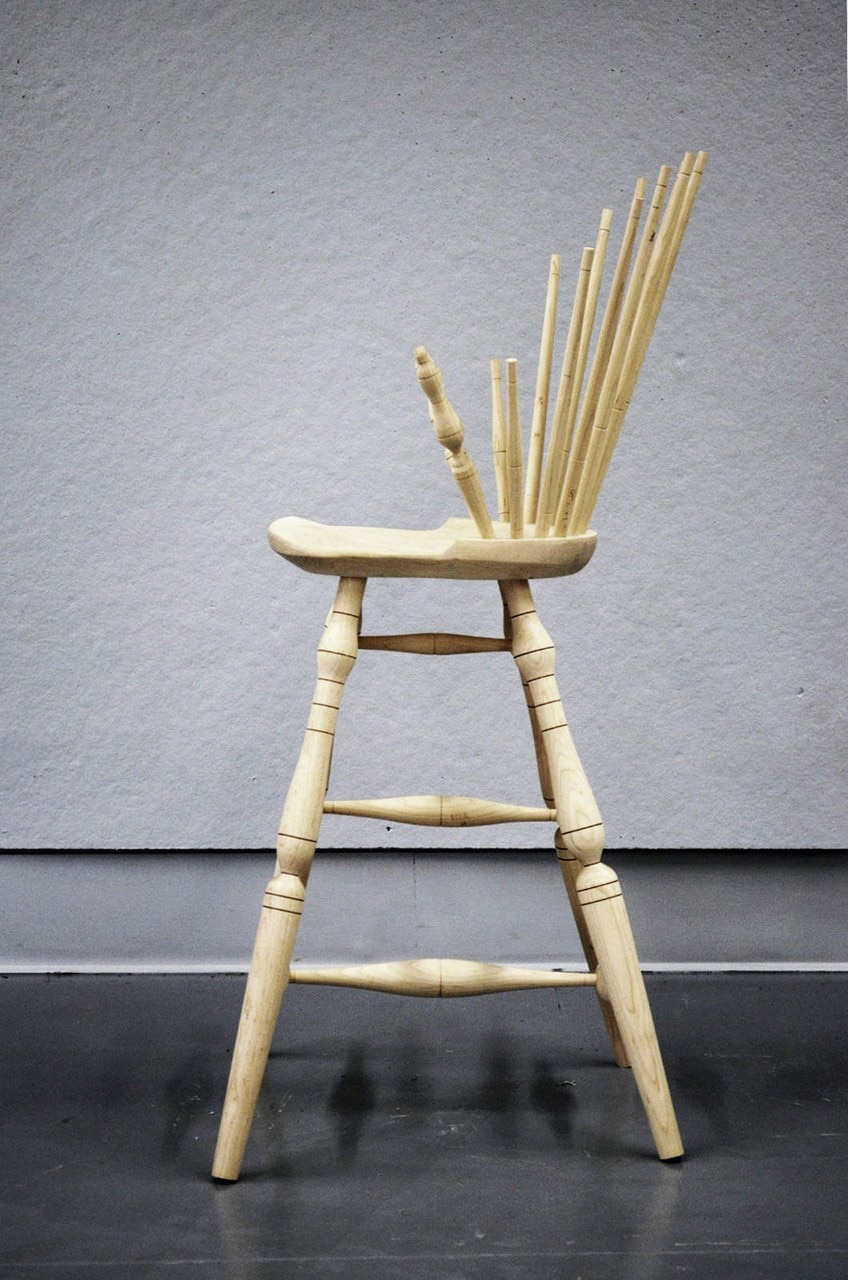
Domus: Why do things wrong? What are some of the influences or precedents for doing things wrong?
Thomas Kelley: Andy Warhol said it best: ‘When you do something exactly wrong, you always turn up something.’ At first glance, wrong is just another oppositional or counterintuitive position; no different from a child painting on the white living room walls. First, you need to accept that the wrong requires a right. Being wrong, however, is not measured by the weight of its severity but rather by its distance from being right. Similar to Roy Lichtenstein’s Perfect / Imperfect series, the act is decisive. As architects, what we typically perceive as being wrong with design hinges on geometric imprecision or a lack of command over tolerances, for example. We concede that most things are susceptible to being wrong and with our work we aim to discipline that potential to provoke new forms of making and observation.
Carrie Norman: Our wrong is tied to control. In addition to Pop, we cherish the way Renaissance and Baroque painters regularly violated the rules of perspective. This allows us to embrace error, or wrong, as a disciplined product that requires practice, expertise. Andrea Pozzo's perspectival techniques in the dome at Sant'Ignazio created extraordinary spatial illusions. Now, if only we could all be so lucky to spend a year in Rome...
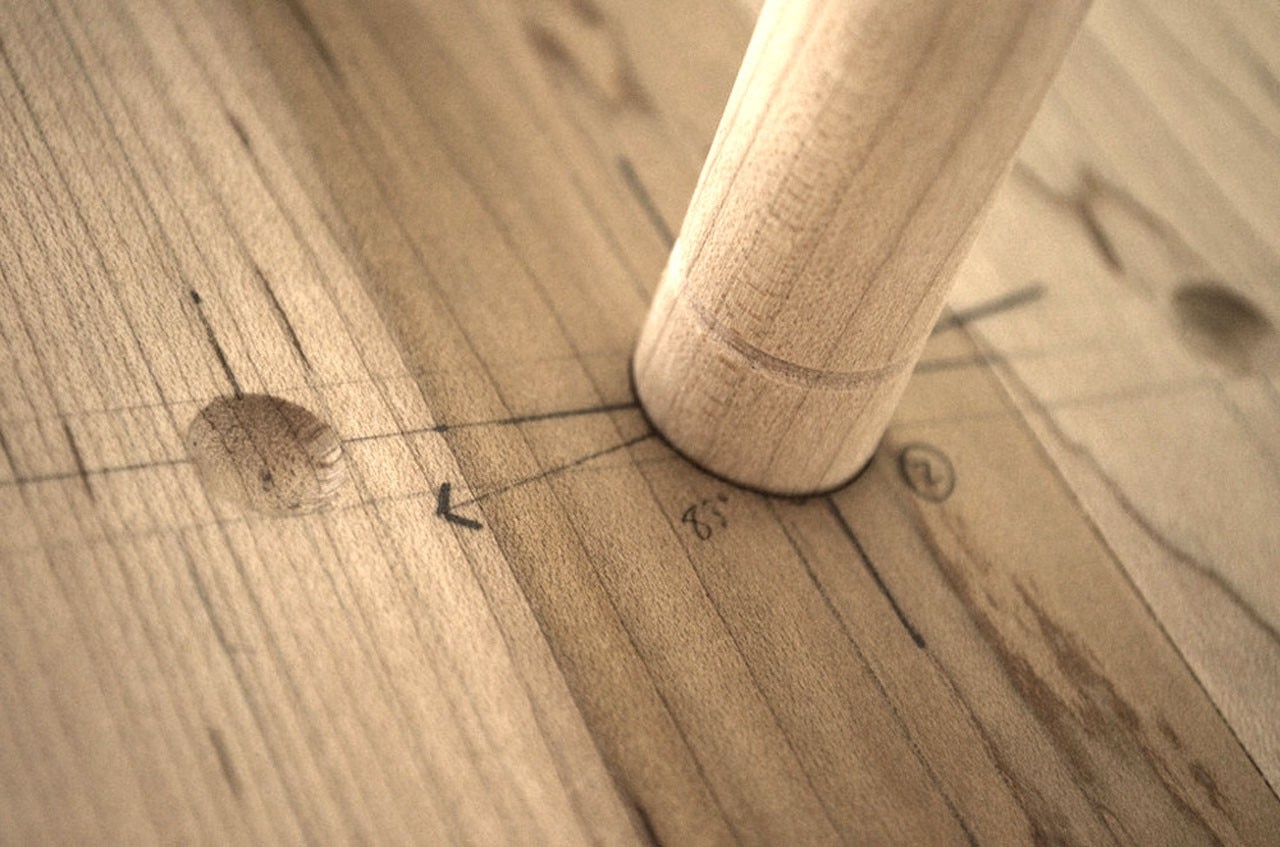
Domus: What is an "illusion" for you and how does it play itself out visually or formally?
CN: It's an effect that maneuvers between form and perception. In our work, and with this project in particular, we're interested in what might cause a double take, or a closer look. At first glance, these are Windsors. They blend into the images we all hold of domestic places we've encountered at some point or another. But, at second glance, they’re more unreasonable.
TK: The closer look, or second glance, requires more time. Formally, we lean on illusions like anamorphism and forced perspective to toy with the observer’s attention span. While this may appear mean-spirited, it’s actually playful. Vision is the easiest sense to con and beginning with an iconic form helps to initiate the pledge, or the sequence of visual exchange between the work and the observer.
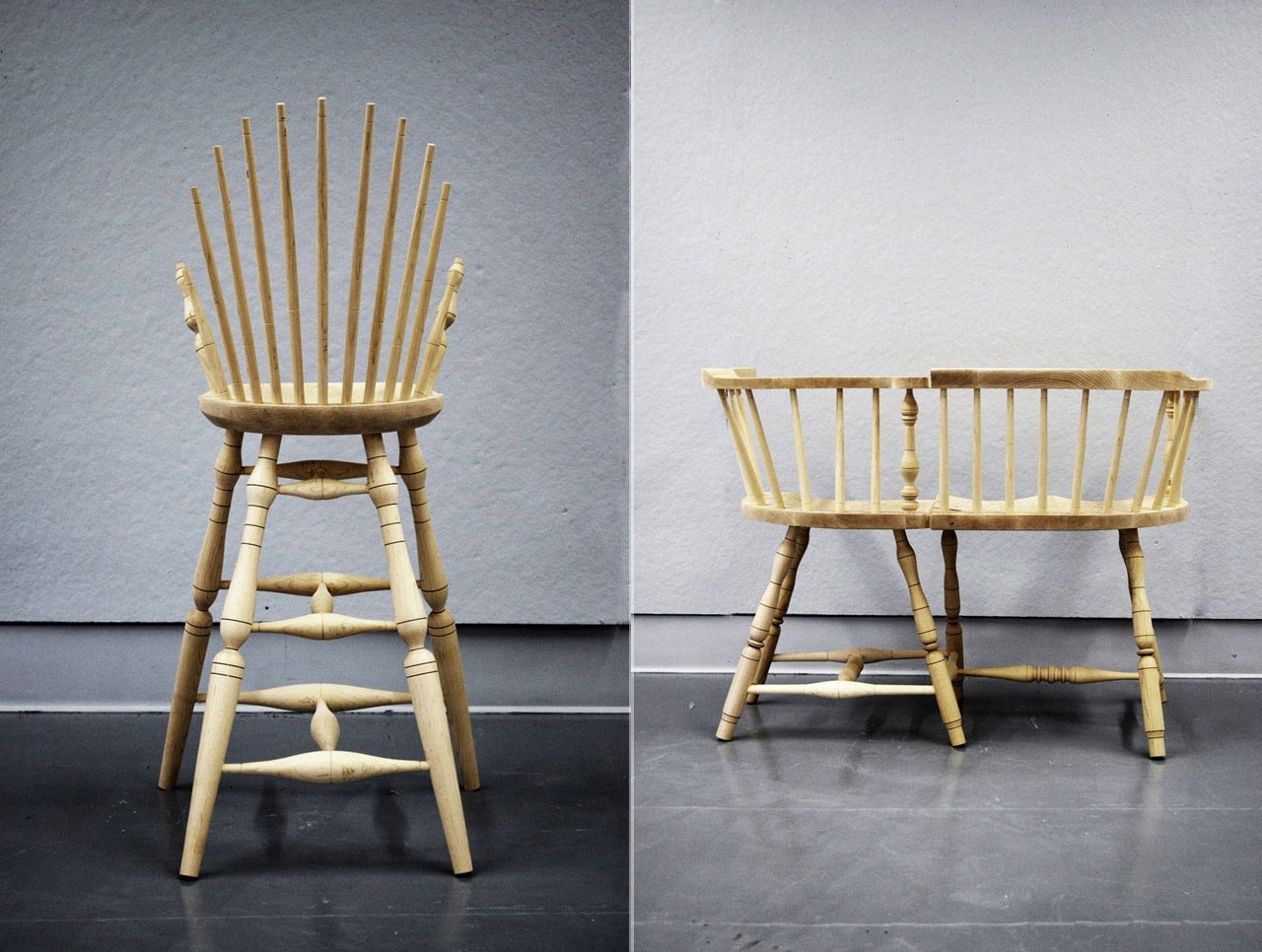
Domus: Can you explain the evolution of the Wrong Chairs? Is there a system that guided the design?
TK: Like most everything we do, it was more trial and error than system. For a while we had been mining new ways of ‘looking’ at form - all of which required an ordinary start. So when Carrie came across a vintage photograph of a Windsor chair with a broken spindle we thought that the image might act as the perfect control - an unassuming type with a specific defect.
CN: After that, Thom found an incredible set of antique Windsor elevations. We used them to compose hypothetical alterations. These drawings revealed a tension that vacillated between camouflage and appearing out of character. The conflict excited us. Maintaining that balance guided the heuristic process. In the end, each chair is really a case study, and some are more successful than others.
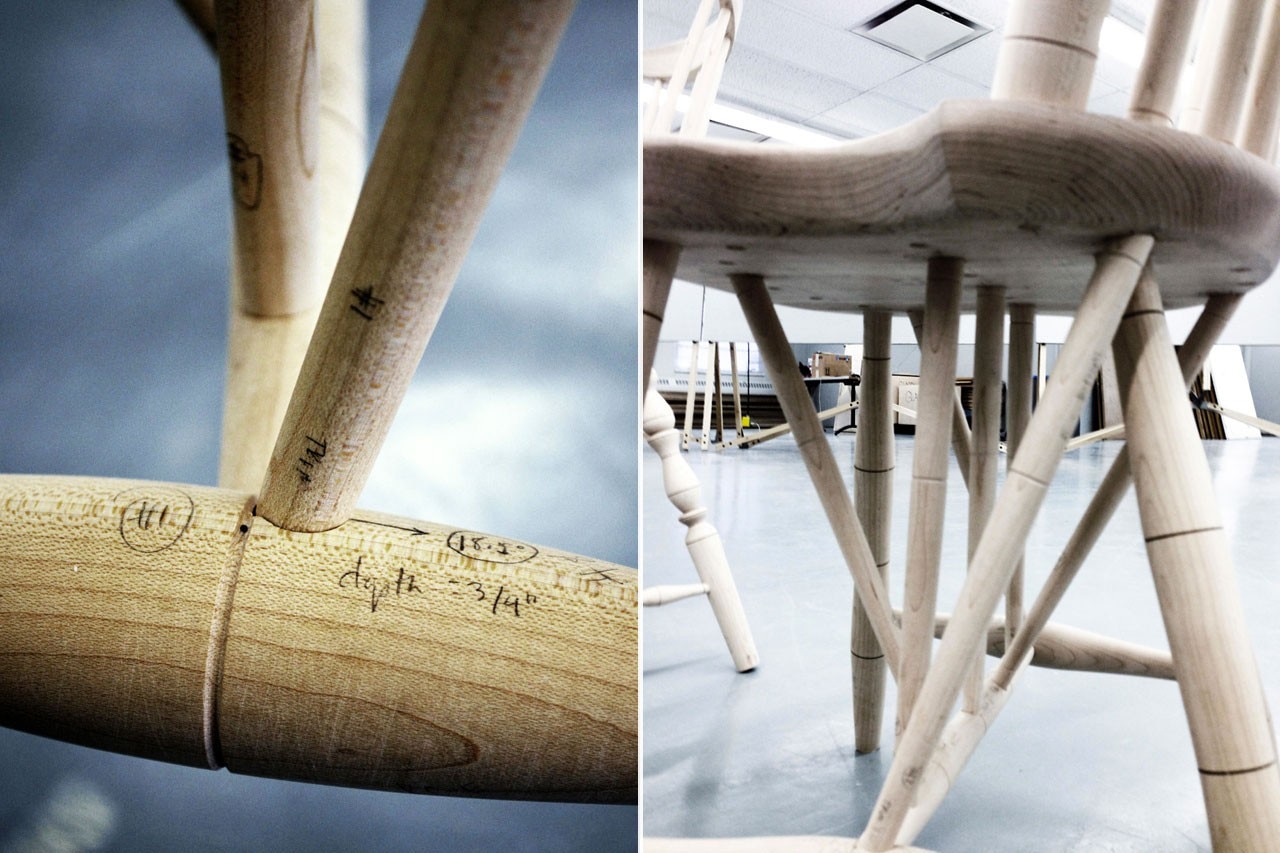
Domus How does this act as a one-liner? How does it go beyond that?
CN: As the title, Wrong Chairs, makes obvious, there is little space for misinterpretation. Similarly, oneliners provoke through their immediate legibility - you’re meant to perceive mischief. But, in both viewing and sitting in the chairs, realizing their errors may not come as automatic as the title reveals.
TK: A good one-liner is worth retelling over and over. So even after awareness there should be room for further examination.
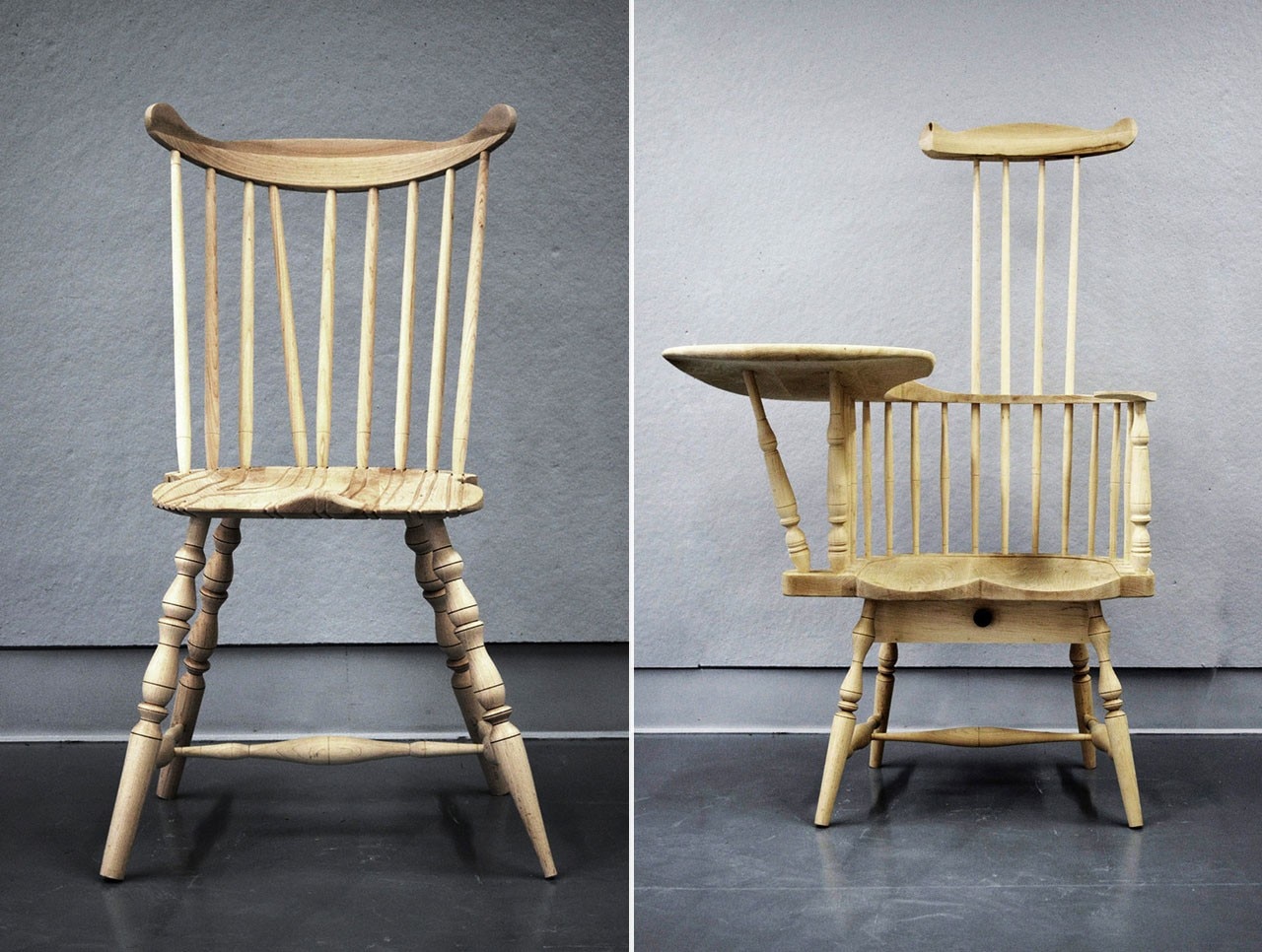
Domus: Do you see history as something to be mined for references? Do you see your project as respectful of history, tradition and the "rules", or as disrespectful?
TK: Yes. There’s still plenty of unfinished business. Even if all the good ideas have already been taken, we extend the shelf life of old tricks by recycling modes of iconicity. No disrespect, though. We wink, we smile, we carry on hoping that someone appreciates the reference not as satire, but as nuance. And if they don’t, well, maybe next time.
CN: And resituating history’s bag of tricks in new and different contexts, we hope, keeps them from going stale. We share a fondness for history, tradition and the “rules” that’s better expressed by a wink and a smile than, let’s say, a tipping of the hats.
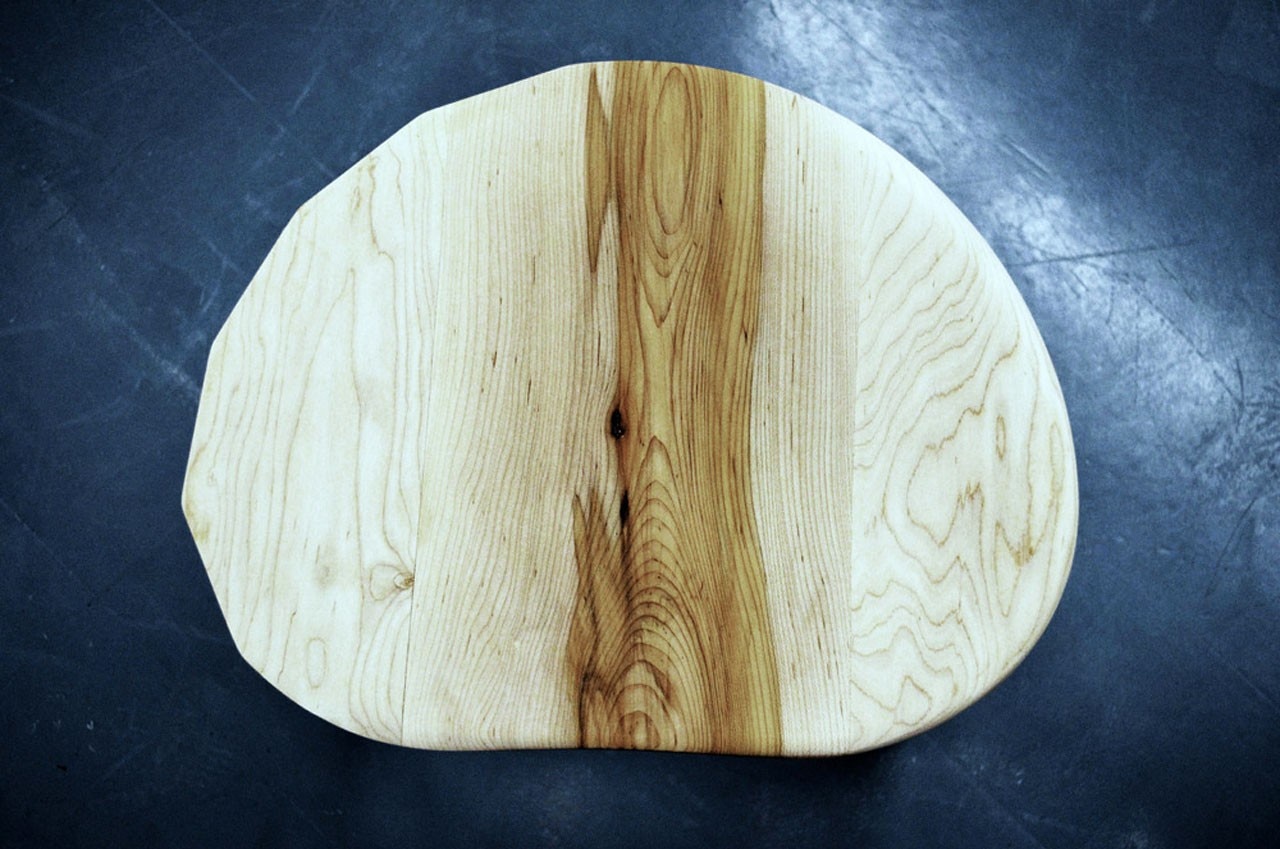
Domus: Were you chastised a lot in school? Is this your way of getting the last laugh?
TK: We grow up with so many lessons, or rules, that are projected onto us: Don’t run. Don’t stare. Don’t chew with your mouth open. So you do your best to avoid ridicule by avoiding error until you realize that subversion is more fun and potentially more rewarding. By not staring, you might miss something. As far as having the last laugh, I don’t think so. It’s better when everyone is in on it.
CN: For the record, I never stared.
